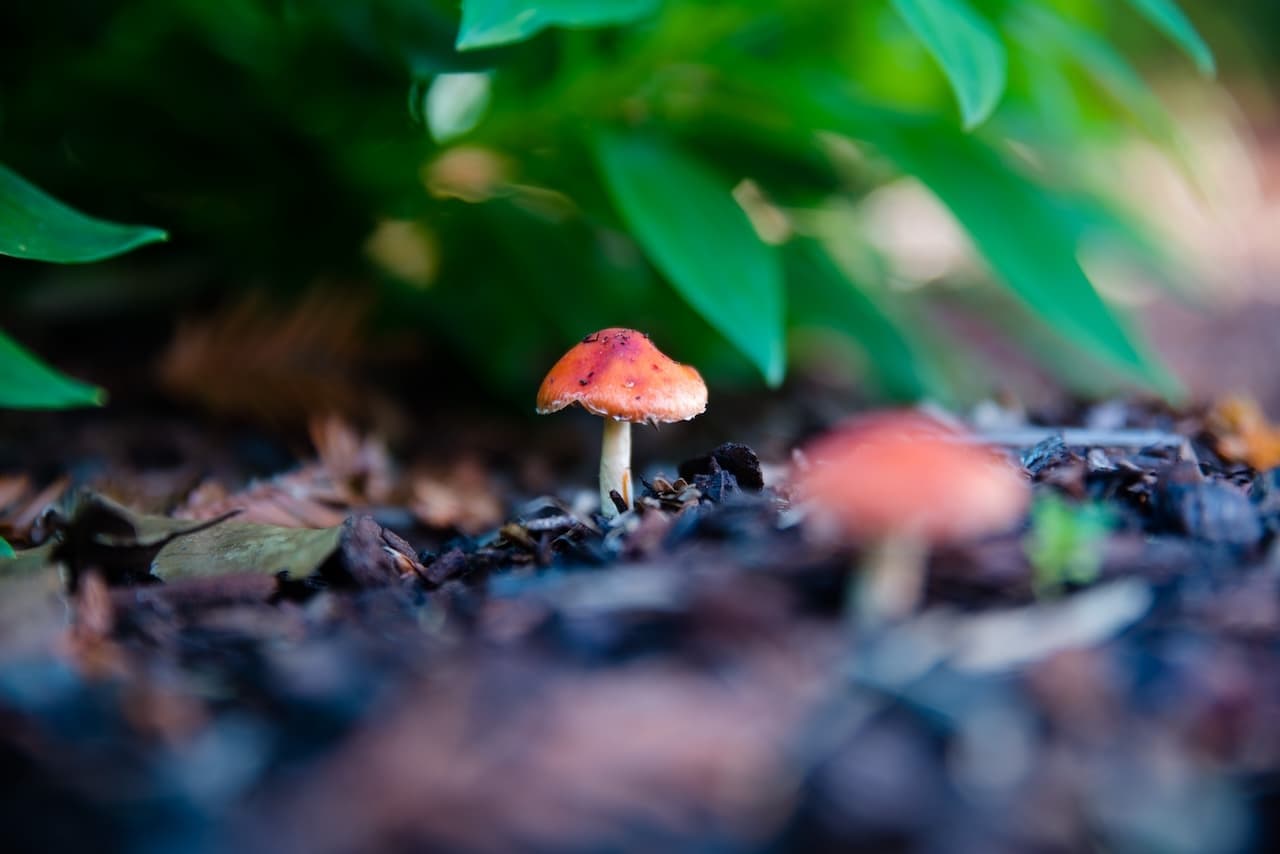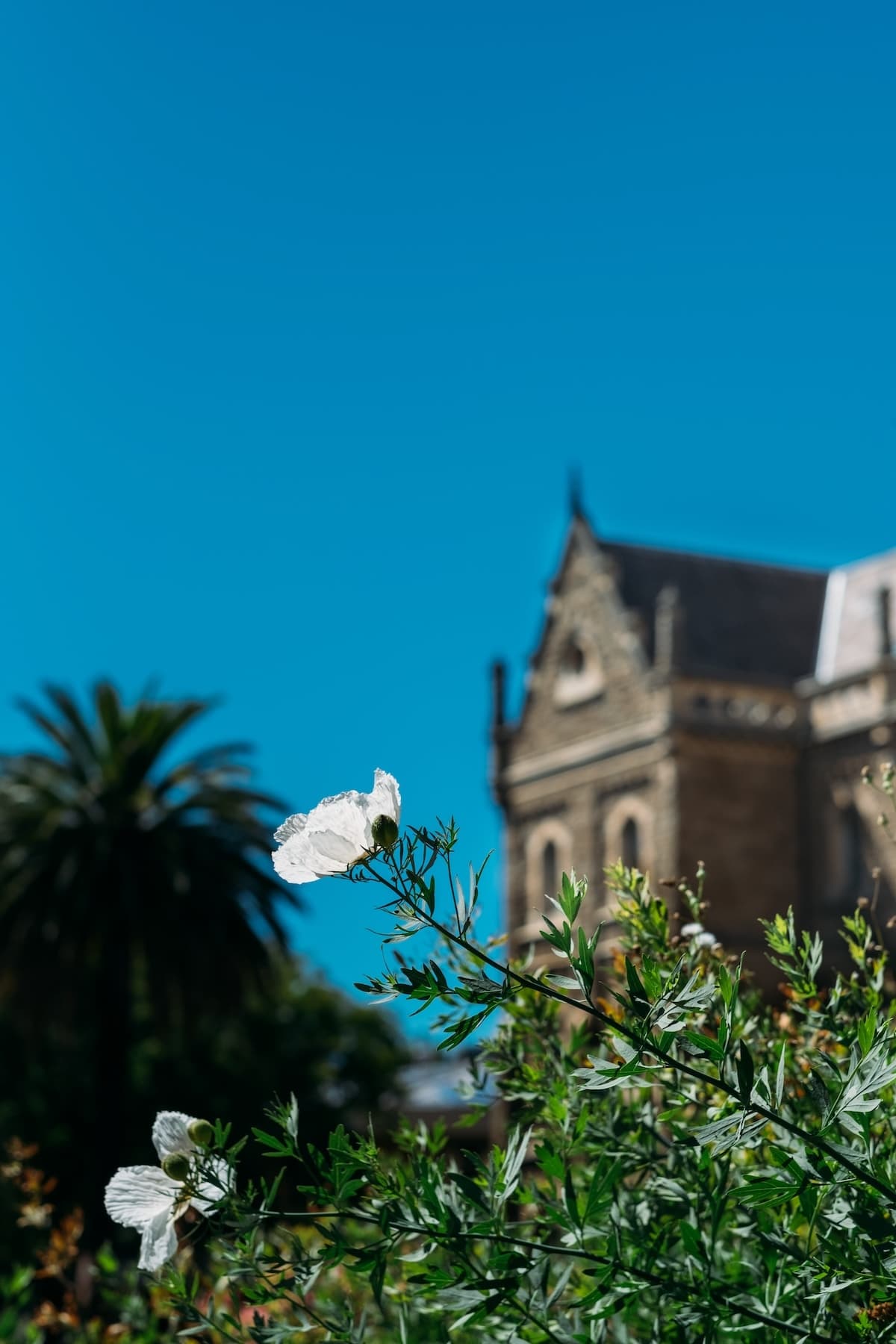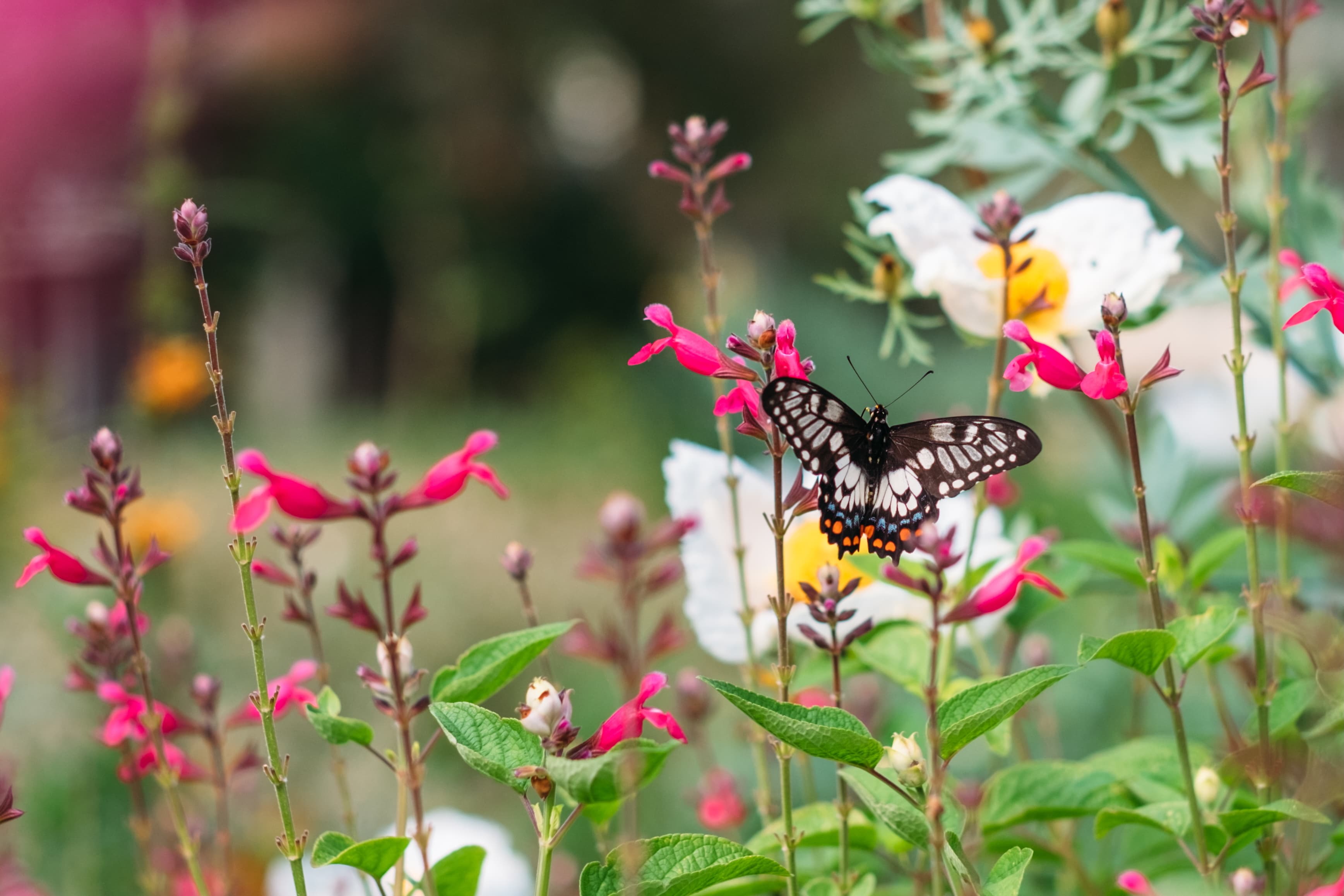Sustainability
Ormond is committed to being a sustainable campus – reducing our footprint while enriching the experience of living and learning here.
Quick links
About Sustainability at Ormond
Sustainability is more than a policy at Ormond – it’s a shared value woven into how we live, learn and build our future together. From the solar panels that glint across our rooftops to the native woodland that has transformed old carpark space into thriving green habitat, our campus is evolving with purpose.
As we develop our 2025–2035 Sustainability Plan, we are setting ambitious goals across climate leadership, biodiversity, waste reduction, and circular campus practices. These efforts are matched by a student-led culture of action: through the Sustainability Society, the Ormond Op Shop, and countless grassroots projects, our community is actively shaping a greener tomorrow.We believe the College has a responsibility to lead by example – to innovate, educate and inspire sustainable behaviours that extend beyond our gates. Our students leave not just with a degree, but with the mindset and skills to act as stewards for the planet in whatever field they choose.
Sustainability Action Plan
If you look up, you’ll spot solar panels on the roofs of the Academic Centre and McCaughey Court. They’re a visible sign of the changes happening across campus as we work to make Ormond a more sustainable place to live and learn. From the way we use energy and water to how we design buildings and look after our gardens, we’re rethinking the College’s footprint while keeping the student experience at the heart of every decision.These efforts are all part of Ormond’s forthcoming 2035 Sustainability Plan, which sets ambitious goals for climate leadership, biodiversity, waste reduction, and creating a truly circular campus.Sustainability Society
Sustainability at Ormond is a whole of community responsibility. The Sustainability Society, part of the Students’ Club, leads activities and initiatives on campus, from recycling drives to education campaigns.A dedicated Student Sustainability Officer helps champion these efforts, working alongside staff and students to reduce our environmental impact and make sustainable choices part of everyday College life. Their projects cover everything from energy efficiency and waste reduction to greener transport, biodiversity, and community awareness.Energy & Emissions
Solar powerThe Academic Centre and McCaughey Court are now topped with solar panels that power the College and feed extra energy back into the grid—helping cut emissions and support Victoria’s clean energy transition.Voltage optimisationSmart regulators mean we only draw the power we need. It’s a simple change that boosts efficiency, extends the life of equipment, and prevents waste.LED lightingEvery light on campus—indoors and out—has been upgraded to energy-efficient LEDs. Power use is down, but the feel of our spaces remains the same.Heating upgradesOld boilers are being replaced with high-efficiency Baxi models, paired with better controls and insulation. The result: cosy rooms in winter, less gas use, and lower emissions.Food and Waste
Composting & recyclingAll organic waste, whether it’s kitchen scraps or garden cuttings, is separated and sent to a commercial composting facility. There it’s turned into nutrient-rich compost instead of going to landfill, helping cut methane emissions and close the loop on waste.Recycled clothing marketThe Ormond Op Shop runs regular pop-up events where students can donate, swap, and buy pre-loved clothes. These fun, themed stalls extend the life of garments, cut down on textile waste, and encourage thoughtful fashion choices.Building Design
Passive House at WadeThe Wade Institute is a standout. Built to Passive House standards, the first of its kind for a large educational building in Australia, it’s sealed, insulated, and designed to use minimal energy while staying light-filled and fresh.High-Performance WindowsAll new buildings feature tightly sealed double or triple-glazed windows. They help reduce the energy needed to heat or cool our spaces, while still letting in natural light.Sensor LightingShared spaces like bathrooms now use motion-sensor lighting, cutting unnecessary energy use across the College.Water, Gardens & Biodiversity
Smart irrigation Picken Lawn uses real-time moisture and weather data to avoid watering when rain is coming.Water capture systems New buildings feed a landscaped pond and billabong between the Wade and Graduate Centres.Plant regenerationOver 1,000 native plants and trees have been planted around the new buildings, creating a small urban woodland that’s already attracting birds and even ducks.Preserving green spaceOur new buildings have all been constructed on the old carpark and tennis court spaces so that we didn’t take away any green space, and now we have been able to add a major new garden.


